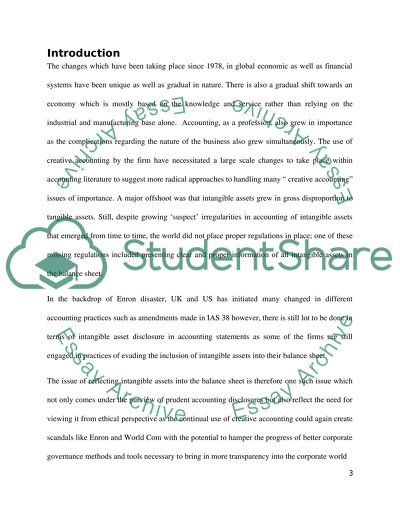Cite this document
(Characteristics of Intangible Assets Research Proposal, n.d.)
Characteristics of Intangible Assets Research Proposal. Retrieved from https://studentshare.org/macro-microeconomics/1528506-accounting-ethics-college-essay
Characteristics of Intangible Assets Research Proposal. Retrieved from https://studentshare.org/macro-microeconomics/1528506-accounting-ethics-college-essay
(Characteristics of Intangible Assets Research Proposal)
Characteristics of Intangible Assets Research Proposal. https://studentshare.org/macro-microeconomics/1528506-accounting-ethics-college-essay.
Characteristics of Intangible Assets Research Proposal. https://studentshare.org/macro-microeconomics/1528506-accounting-ethics-college-essay.
“Characteristics of Intangible Assets Research Proposal”, n.d. https://studentshare.org/macro-microeconomics/1528506-accounting-ethics-college-essay.


